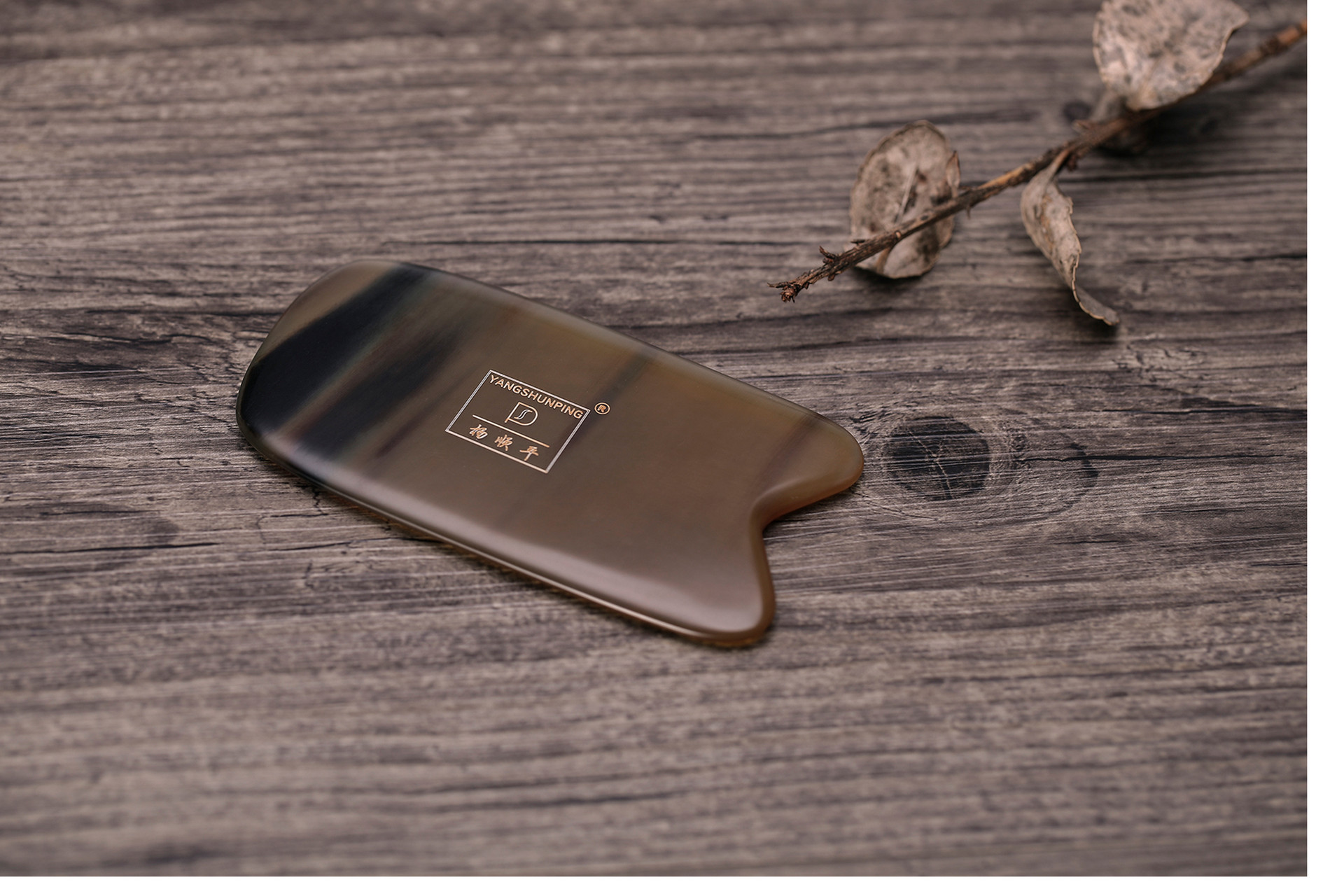(1) Indications
Colds, fever, heat stroke, headache, gastrointestinal diseases, stiff neck, frozen shoulder, lumbar muscle strain, muscle spasms, rheumatoid arthritis, etc.
(2) Contraindications
(1) Avoid scraping the abdomen and lumbosacral region of pregnant women, and avoid scraping the nipples of women.
(2) Be cautious in scraping for patients with leukemia and thrombocytopenia. Do not scrape for patients with heart failure, renal failure, ascites due to liver cirrhosis, or severe systemic edema.
(3) For patients with varicose veins in the lower limbs, scrape in a direction from bottom to top using gentle strokes.
(4) This therapy should not be used on skin with ulcers, injuries, or inflammation. Avoid scraping for patients who have recently recovered from serious illnesses, have severe illness, or are in a state of qi deficiency and blood deficiency, overeating, or hunger.
(3) Precautions
(1) The scraping tool must be disinfected.
(2) Scraping time: Generally, scrape each area for 3-5 minutes, with a maximum duration of 20 minutes.
(3) Scraping frequency: After the first scraping session, wait for 3-5 days before conducting the second session.
(4) After scraping, the skin may experience mild pain and itching for 1-2 days, which is a normal reaction.
Scraping therapy not only treats diseases but also has a preventive effect. As long as the skin is free from any diseases, especially bleeding disorders, scraping along the meridians can be beneficial for the body. The health benefits of scraping therapy mainly lie in dredging the meridians. For example, scraping therapy works well for people around 50 years old with frozen shoulder, but the effect may not be apparent after the first session and usually becomes evident after two or three sessions.
Scraping therapy can cause some damage to the skin, so after each session, a waiting period of 5-7 days is required before conducting the next scraping session.




